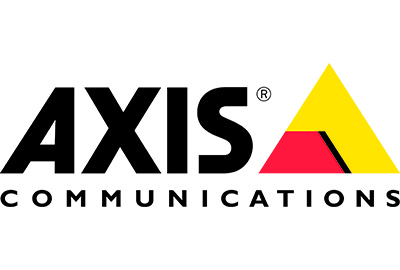An increasing number of businesses across a range of sectors are investing in new technologies to increasing their efficiency through automation processes. The oil and gas sector is one such sector. Automated safety systems and processes shouldn’t be underestimated when securing critical infrastructure facilities and structures such as oil rigs.
Automation offers an array of positive outcomes, particularly in terms of safety and efficiency on critical infrastructure sites. Automated heavy machinery can undertake tasks that were once highly precarious and laborious for workers, such as the process of drilling. Investment in process automation allows the oil and gas industry can provide an even better standard for their employees and customers while reducing operational costs.
Kumba, an Anglo American iron ore business in South Africa, was one of the early adapters of automated technologies when they implemented automated drilling on the Kolomela Mine. This project was the first fully automated drill fleet in Africa and aimed to increase utilisation, improve safety and performance, boost reliability and productivity, and save costs. The remote command of mining equipment relies upon line of sight through remote drill monitoring to honour the guidelines of the Mine Health and Safety Act, specifically guidelines towards Trackless Mobile Machinery (TMM).
While the replacement and upgrade of machinery is often the first step in the process of automation, these are not the only factors that help to improve executions and contribute to the employees’ health and safety. One significantly important element are safety systems, which includes cameras and speakers as well as special sensors. The combination of features like access control, thermal imaging and video analytics can provide human-caliber observational reach across multiple cameras and sites simultaneously. In other cases, thermal cameras can be used for long-range detection, but they can also detect leaks in pipes / valves in hard to detect areas. The use of thermal cameras allows personnel to recognize liquid leaks on a water surface due to the different emissivity of oil and water. The combination of digital eyes and intelligent technology can be vital in cutting down false alarms and optimizing business performance.
Although these devices can make our lives easier and safer by undertaking difficult or hazardous tasks, the human factor is not eliminated. In the end, it is still a human that sits in front of surveillance monitors, weighs the severity of a situation and makes the final decision. Looking for more information on how to create a more secure site, uninterrupted operations and a safer workforce? We have some tips to get you started in our eBook – get your copy here.
Share This:





 CDN NEWS |
CDN NEWS |  US NEWS
US NEWS 
































A Taxpayer Guide to Trudeau’s Terrible, Horrible, No Good, Very Bad Budget 2024 – Canadian Taxpayers Federation